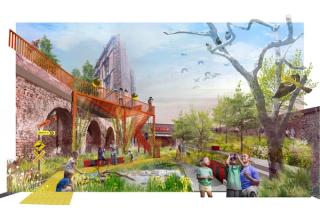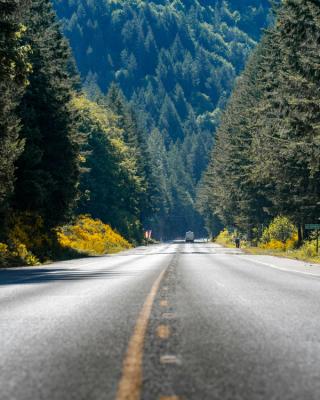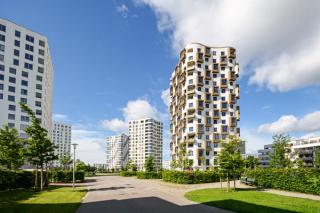
Is the Science-Based Targets initiative (SBTi) allowing offsets? What you need to know
by Emma Elbaum, James Balik-Meacher, Chloe Parkin, Caroline Dolan, Joanie Baczewski, Joesph Payne
View post

Rewilding feels like one of the buzzwords of the moment. In recent months the public’s imagination has been captured by news stories of European Bison roaming the Knepp Estate in West Sussex or the regular debate about bringing back apex predators such as wolves and lynx to the wilderness of Scotland. There are even ambitious programmes across mainland Europe attempting to bring once mighty Aurochs, a giant species of cattle last seen in the 1600’s, back from extinction.
There is no doubt that the term rewilding is often misapplied, but its use is not just limited to those in control of the vast rural estates. More and more rewilding is talked about in relation to the regeneration of our towns and cities. Although the sight of herds of Elk pruning the trees of the UK’s high streets or Lynx hunting in the perennial borders of your local park seem unlikely, can the principles of rewilding inform how we design and manage our urban landscapes?
True rewilding refers to the restoration of ecosystems, reinstating natural processes often through the reintroduction of missing keystone species. It must also create a balance between people and the natural work, reconnecting communities with nature, allowing livelihoods to flourish in the presence of wildlife. Maybe most importantly though, it requires space and time. The scale and interrelationship of the natural mosaic of connected habitats extends beyond individual plots or landholdings and for rewilding to be a success it must allowed to establish over generations.
Over recent years landscape architects, urban designers, engineers and architects have begun to embrace the benefits of nature-based solutions in the built environment. A combination of legislation and public expectation has pushed designers, developers and local authorities to implement green solutions, such as green roofs, wildflower meadows, habitat structures and sustainable drainage systems, into our urban environment. It seems though that to achieve anything that could be described as even close to urban rewilding the answer needs to be more than just superficial ‘greening’ or even ‘green infrastructure’. To encourage wildlife back into the urban realm for the long term, we need to create genuine self-sustaining ecosystems. Restoring natural processes and reintroducing nature on a city-wide scale.
As the impact of the Environment Act (and the requirement for development to achieve biodiversity net gain) takes effect, it appears that this will create, to some extent, an incentive and a mechanism for urban rewilding. In order to reap the most from this and other environmental legislation will require local authorities to not just have land banks for off-site mitigation but to create bespoke city -wide ‘masterplans’ for rewilding to the same extent and interrogation that development, land use and the scale of buildings is planned. In fact, development and urban rewilding must not be looked at separately but as the same entity, each plot, street, roof and verge judged against how it contributes to an interconnected mosaic of environments that comprises the city-wide ecosystem.
As anyone who has been involved in the design of public space knows, the initial investment is the (relatively) easy bit. The maintenance and management of our urban environment is often far less successful. As with more broad-scale rewilding, we must embrace nature and target the resurgence of keystone species (such as otters, water voles, peregrine falcons for example) as part of the long-term stewardship of the urban ecosystem. This approach could, and often should, sit in tandem with a more relaxed approached to human-led environmental management and maintenance.
Although there are clear limitations and constraints to what can be achieved through urban rewilding, the benefits appear huge. Towns and cities still only occupy about 8% of the UK’s land area but they account for over 80% of the country’s population. Whether it is flood prevention, pollution control, reducing energy demands or improving mental health, changing our relationship with nature within our urban life is both good for wildlife and good for people.

by Emma Elbaum, James Balik-Meacher, Chloe Parkin, Caroline Dolan, Joanie Baczewski, Joesph Payne

by Amy Brimmicombe, Brianna Betts
